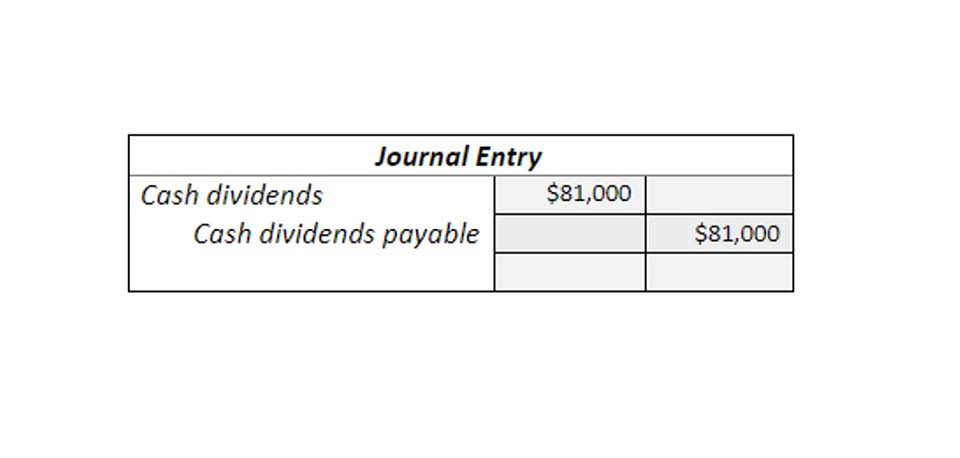
The statement of activities is a vital financial report for a non-profit organization that offers a comprehensive view of its financial performance. It differs from the income statement used by for-profit businesses, with a focus on financial accountability, transparency, and alignment with the organization’s mission and objectives. Fund accounting is a specialized branch of accounting designed to track and manage the financial activities of non-profit organizations, including churches. Unlike traditional accounting methods, fund accounting emphasizes accountability and transparency, ensuring that funds are allocated and utilized for their intended purposes.
- For example, you may want your finance committee to view your financial reports in full detail, with enough transparency to satisfy their compliance and oversight role.
- To that end, we’ve invested in deep research and tested, evaluated and ranked this year’s very best church accounting software.
- Effective financial management is critical to the long-term success and sustainability of a church or nonprofit organization.
- These statements are essential for providing information to church leaders, members, and donors about the church’s financial health.
Are churches required to follow the accounting guidelines from the IRS?

Tracking your church’s revenue is important; the best church accounting guidelines dictate that each type of revenue be tracked as well. Not only does this ensure accountability, but it will also help with your budgeting and financial reporting. Here are some quick examples of your church’s revenue sources and how you can track them. When adding accounts there is balance sheet one account that should never have sub-accounts. Some churches try to break the checking account (or saving account) into sub-accounts to keep money separate. The funds are responsible for breaking up each account such as assets, liabilities, revenues, and expenses.

Church cost centers — start with your mission
- If a formal organizational chart doesn’t exist, map one out quickly by hand.
- You can also check out our ranked list of industry leaders in the church accounting software industry.
- 990s help ensure your books are in order, and the more transparent you are with your finances the more donors will trust your church.
- Maintain detailed and accurate records of all financial transactions and cash flow, including donations, expenses, payroll, and grants.
- It’s not appropriate and is often illegal to use restricted funds for the wrong purpose.
Your financial system should flow directly from your mission or purpose statement. Quite often, structures in the accounting system were set up Partnership Accounting years ago, and — based on changes to your mission, strategy, and personnel — may no longer effectively serve the organization. To develop an ideal structure of cost centers, review your strategic plan (if one exists), organizational chart, and previous budgets.

Assets
- Hopefully this article, at the very least, helps you wake up not dreading opening up your church’s Chart of Accounts tomorrow.
- This includes summarizing income and expenses, providing contribution statements to donors, and completing any required government forms.
- Because these expenses are discretionary, and the total spending across departments can add up to a substantial amount each month, some kind of tracking of meals and food is absolutely necessary.
- This ensures transparency, helps track fund usage, and builds trust with donors by showing that designated gifts are used appropriately.
- Once your accounts are set up, you’ll need to input the opening balances for each account.
- Any time your church pays a freelancer $600 or more, you must file this with the IRS and send a copy to the freelancer.
In other words, if your entry is a credit to revenue, then the revenue account increases. IconCMO provides flexibility so a church can organize numerically or alphabetically. Typical numbering will begin with 1000 for the assets, 2000 for liabilities, 4000 for revenues, 5000 expenses, and so on. Note how we skipped over the equity accounts- the 3000 accounts found in for-profit organizations.
Run church chart of accounts a few transactions through it to ensure everything flows as expected and accounts are categorized correctly. This can help catch errors or inefficiencies before full implementation. You need to track income and expenses, pay your pastors and staff, and ensure that you’re funding the right areas for ongoing health and growth.

